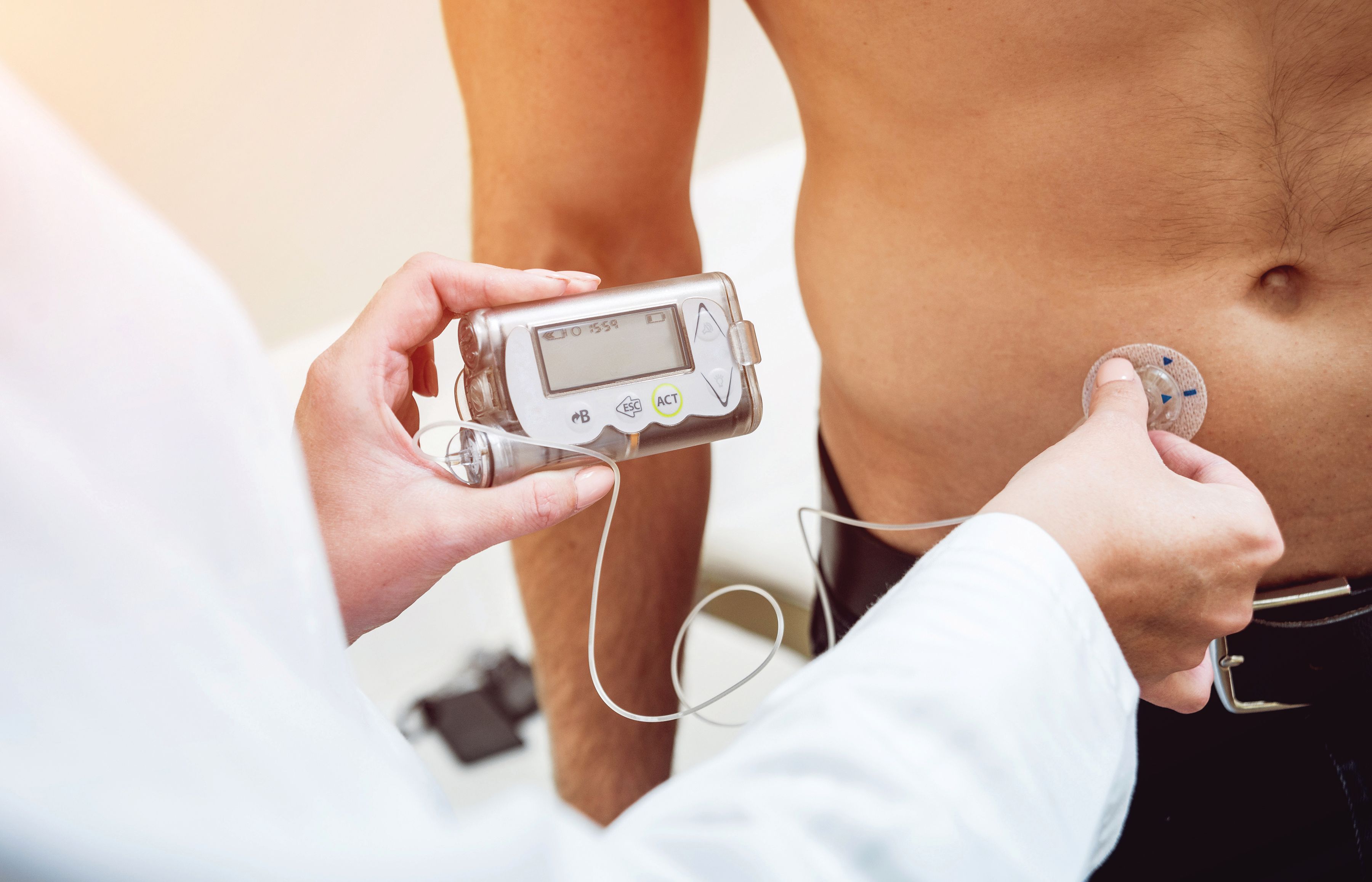COVID-19 Lockdown May Have Improved Glycemic Control for Some Diabetics
Data from a group of type 1 diabetics from a diabetes center in Italy suggests time off work and in lockdown could have been helped some patients improve glycemic control.

While most studies related to coronavirus disease 2019 (COVID-19) and diabetes focused on increased risk of mortality, new data suggest stay-at-home orders and spending time in lockdown may have improved diabetes management for those with type 1 diabetes.
Presented at the European Association for the Study of Diabetes (EASD) 2020 Annual Meeting, results of the Italian study indicate patients with type 1 diabetes who stopped working achieved greater glycemic control during the lockdown than they had before the lockdown began.
“Despite the psychological stress and very limited opportunities for exercise, the study found that glucose control was significantly improved in patients with T1D who stayed at home during the first week of the COVID-19-induced lockdown in Italy. This observation suggests that slowing down routine activities can have beneficial effects on T1D control in the short term,” wrote investigators.
With the COVID-19 pandemic presenting clinicians and patients with a slew of new hurdles in disease management, a team from University Hospital of Padova wanted to develop a greater understanding of how changes as a result of the pandemic impacted glycemic control. With this in mind, they designed their study to as a retrospective analysis of patients with type 1 diabetes using a flash glucose monitoring device.
For inclusion in the study, patients had to meet the following criteria: attend the diabetes clinic at the University Hospital of Padova, live in the nearby area, use the FreeStyle Libre FGM system for at least 3 months, share sensor data with the outpatient clinic, and have greater than 90% coverage of sensor data. From the sensor data, investigators hoped to obtain data related to average glucose, standard deviation, and percentage time in hypoglycemia, glucose range, and hyperglycemia.
For the purpose of analysis, hypoglycemia was defined as less than 70 mg/dl, glucose range was defined as 70-180 mg/dl, and hyperglycemia was defined as greater than 180 mg/dl. In total, 33 individuals were identified for inclusion, of which 20 had stopped working and were included in the final analysis. In comparison, those who stopped working were more likely to be younger, male, and have a greater length of diabetes duration.
Upon analysis, investigators found the average glucose declined from 177±45 mg/dl during the week before the lockdown to 160±40 mg/dl during the lockdown (P=.005). Additionally, results indicated time in range increased from 54.5% before the lockdown to 65.2% during the lockdown while time in hyperglycemia decreased from 42.3% before the lockdown to 31.6% during the lockdown (P=.016).
Investigators also pointed out none of the measurements of glycemic control changed during the lockdown for the 13 patients who continued working during the lockdown. While investigators were unable to determine the exact reasons for glycemic control, but suggested it may have something to do with increased concern over disease management in the face of the pandemic.
"In addition, the knowledge that diabetes worsens the outcomes of COVID-19 may have improved patients' awareness and compliance to diabetes management,” wrote investigators.
This study, “Glycaemic Control Among People with Type 1 Diabetes During Lockdown for the SARS-CoV-2 Outbreak in Italy,” was presented at EASD 2020 and published in Diabetes Therapy.